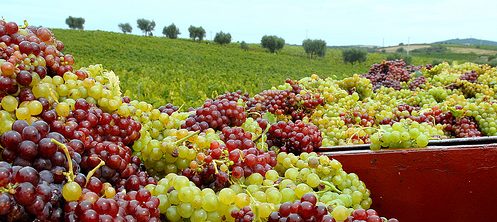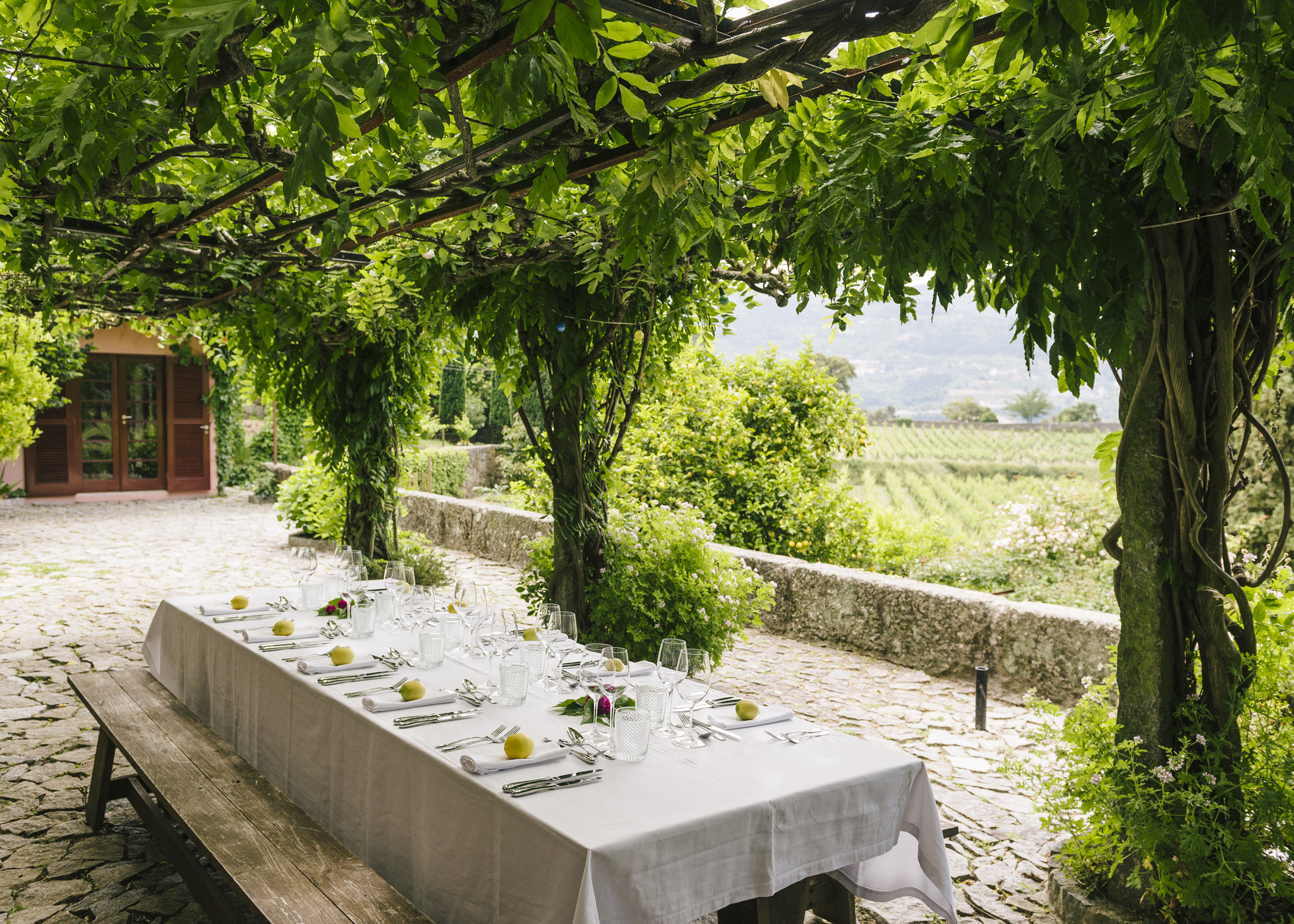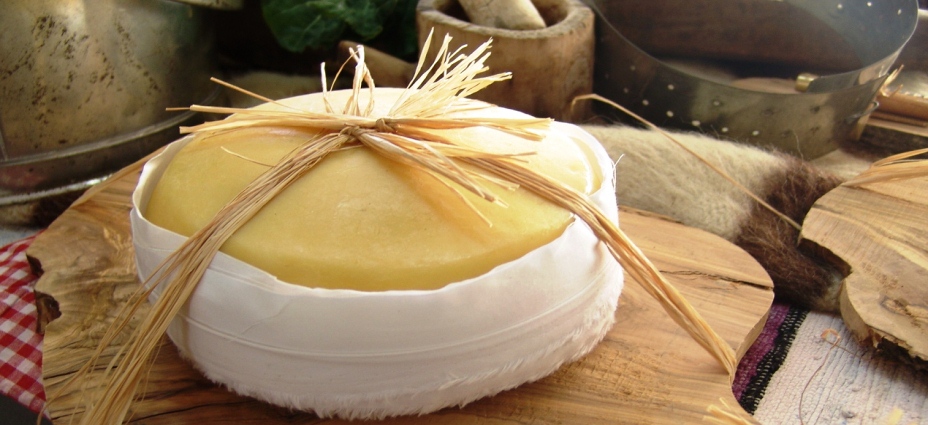Portuguese Wine Pack to Entertain Family without Breaking the Bank

 Despite Portugal being one of the smallest countries in southern-western Europe—about the size of the state of Indiana—it is blessed with contrasting terroirs and region-specific wine varietals that result in an abundance of wine and spirits offerings. Home to the Douro Valley, the oldest demarcated wine region in the world, Portugal’s long-standing tradition in wine-making coupled with modern efforts, has contributed to a lengthy list of quality drinking choices from the North to the South of the country and practically everywhere in between. You can expect everything from “Espumantes” and fortified wines, including the famous Port wines, to brandies and aged aguardentes (fiery water, if you will), and even Portuguese-only wines like the young fizzy “Vinho Verde” and “Vinho Verde Tinto.”
Despite Portugal being one of the smallest countries in southern-western Europe—about the size of the state of Indiana—it is blessed with contrasting terroirs and region-specific wine varietals that result in an abundance of wine and spirits offerings. Home to the Douro Valley, the oldest demarcated wine region in the world, Portugal’s long-standing tradition in wine-making coupled with modern efforts, has contributed to a lengthy list of quality drinking choices from the North to the South of the country and practically everywhere in between. You can expect everything from “Espumantes” and fortified wines, including the famous Port wines, to brandies and aged aguardentes (fiery water, if you will), and even Portuguese-only wines like the young fizzy “Vinho Verde” and “Vinho Verde Tinto.”
Hence, choosing wines for a family gathering proved difficult, but not entirely impossible. After much moaning and groaning, I finally narrowed my list down to six wines that seemed appropriate to pair with our four-course meal.
Welcome with a White Port
My Port wine of choice is a Tawny. But when it comes to welcoming my family, I pull out the White Port and a bucket of ice. Chilled White Port with a drop of lemon or orange peel makes for an ideal aperitif to entertain my guests, as I put the finishing touches on the food. This is also a good opportunity to bring out the charcuterie offerings, a soft, creamy cheese, olives and maybe some almonds—which if you have time that morning, lightly toast on a frying pan and season with an herb of your choice (sweet rosemary works for me), which will complement the Port and leave a pleasant perfume throughout your house. Who needs scented candles!
 Espumante with Fried Finger Foods
Espumante with Fried Finger Foods
Portuguese are expert grillers, roasters and stewers (I may have made that last word up, still it’s true)—but when it comes to finger foods, frying is our thing. There’s hardly a family gathering that doesn’t include a table of these fried temptations, people can pick at in between meals— rissois (fried turnovers) filled with proteins of all kinds; pasteis de bacalhau (cod fish fritters); peixinhos da horta (fried string beans) and ovos verdes (eggs). They’re rolled in flower, beaten eggs and bread crumbs, and are called green eggs—no relation to Dr. Seuss! For these treats, I like to pop open Espumante (sparkling wine). Though there are others, the Bairrada region of Portugal is recognized for quality Espumante, which cuts perfectly through the region’s famous Leitao (roasted suckling pig). It pairs perfectly, too, with fatty fried foods. Quinta das Bageiras will serve you well, and offers variety in prices. It can start as low as $7 in many cases. You can also have your Espumante white, red or rosé. In America, you can get your hands on these fried finger foods in Portuguese communities, for example, at Teixeira’s Bakery in Newark, NJ. Or, you can make them yourself, or substitute them for more familiar ones, like fried eggplant, zucchini, crab cakes, and the like.
Rosé with Soup and Salad
As the summer season starts to show signs of change, I begin to dream of the golden fall foliage that is so iconic in Connecticut, where I live, and its sister New England states. I’m more than happy to give up the humidity and heat—but no more summer tomatoes is hard to stomach. I can’t get enough—red, orange, green, heirloom, cherry, beefsteak—you name it. When chomping on these summer treats, I like nothing better than to wash them down with a Rosé. It’s understandable that established French or Spanish Rosé is what first comes to mind for most people, but Portugal also offers plenty of excellent (and quite more affordable) choices when it comes to this pretty pink wine that is often shunned, exactly for its “feminine” color. The most famous Portuguese Rosés in America are Mateus and Lancers—both wines with iconic bottles. Mateus: a stout pear-shaped bottle. Lancers: a ceramic bottle, which has been replaced on shelves these days by a clear bottle. But, I’m more interested in the rise of Portuguese rosé choices in our recent past. Wines concocted from the prized Portuguese grape, Touriga Nacional, and blends featuring Syrah, Aragonez, and Alfrocheiro, which result in full-bodied, drier, yet still lightly fruity rosés that have just enough subtle sweetness to pair with a rich tomato salad or a creamy lobster bisque (often with traces of sweetness, too)—and another nice way to start a family meal. Unfortunately, the most interesting offerings stay in Portugal, but I have gotten my hands on a Syrah and Touriga Nacional blend by Cartuxa’s Eugenio de Almeida from the Alentejo region a few times, at Portuguese wine shops in Newark, NJ, and plan on going on hunt for others one of these days.
Bottle of Red, a Bottle of White, it All Depends on Your Family’s Appetite (sorry, couldn’t help it)
There’s always that person(s) in the family that just can’t stand light-hued nectars—red-only drinkers. You know the type. My husband’s one of them, but in his defense, each time he drinks whites, he ends up with an excruciating headache the next day. So, we’ll excuse his kind and make sure there’s always a bottle of red, in addition to white, on the table. Because there are so many types of indigenous grape varietals in Portugal and wine styles, it can be overwhelming to make a choice. Some people prefer to pick their wines based on the region, rather than the grape. In the past, wine producers didn’t even bother to include the grape varietals on the labels, but as Portugal’s wine world has evolved, more and more drinkers are paying attention to such details. For our wine pack, I selected a white from the hot southern Alentejo region of Portugal, whose fruit forward, elegant, smooth, full-bodied wines have been embraced both domestically and abroad. Though its reds get plenty of play, and I too am a fan, it’s their whites that I crave the most. Alentejo’s
Antao Vaz varietal produces full-bodied whites, which I enjoy, but with just the right balance of minerality, as well as acidity contributed by more acidic grapes (Arinto and Roupeiro for instance) to refresh the palette. Because it’s a more mature white, I like to leave it on the table a couple of minutes before serving so it’s not too cold which dulls its ripe flavors. This is an excellent choice for roasted chicken or salmon, a meal that also pairs well with the light and medium reds of the Dao wine region in the northern-central region of Beira Alta. From this region, I normally have a Jaen-grape (adds silkiness) varietal included blend, beefed up by more robust and fruity varietals, like Touriga Nacional or Tinta Roriz. This blend is sure to please a wide-range of palettes. I usually see it as the Chianti or Pinot Noir, if you will, of Portugal. It kinda works with most foods. Quinta do Mondego is reliable, but experiment until you find your fit.
Beyond Port Wine
Though there’s absolutely nothing wrong with ending the night with a Tawny or Ruby Port wine, I like to plop a bottle of Moscatel on the table, which pairs really well with easy desserts. Desserts are not my thing, so I usually either buy them, or to make it more personal, resort to baked fruit. Baked apples are always a treat. Splash them with Moscatel and surround with cinnamon sticks and you’ll be in heaven. If you can get your hands on Moscatel Roxo from Setubal, even better, if not, then any Moscatel from Setubal is usually a delight. The Douro also makes Moscatel, but it’s generally lighter and I like the richer options I have found in Setubal. Serve the apples with a shot of Moscatel. When I’m feeling super patriotic, I’ll opt instead for the “Liqueur of Portugal”—Licor Beirão—from the southern-central Beira Baixa region. Think a lighter and herbier Grand Marnier, which if you know anything about Grand Marnier, its caramel, orangey flavors lends itself to infusing desserts. If you’re feeling ambitious—I never am with desserts—turn your typical Grand Marnier soufflés into Licor Beirão soufflés. Or go down my simple path of flambéing bananas or peaches in Grand Marnier, but instead using Licor Beirao . If it all still sounds like too much trouble, there’s never anything wrong with bringing out the boxes of chocolate to pair with either one of these after-dinner drinks.
Let’s Recap:
- Offley White Port: about $13
- Eugenio de Almeida Rosé: about $7
- Quinta das Bageiras Espumante: starting at $7
- Esporao Reserva 2009 (white): about $17. For cheaper, try Monte Velho $8
- Munda, Quinta do Mondego (Dao): about $20
- Moscatel: about $12; Roxo $30. Licor Beirão: about $14
This wine pack will set you back about $70 or so. Not too bad, huh?
Enjoy!
Sonia Andresson-Nolasco
(Top photo by DOC Dao, Bottom 2 Flickr photos by Ryan Opaz)







